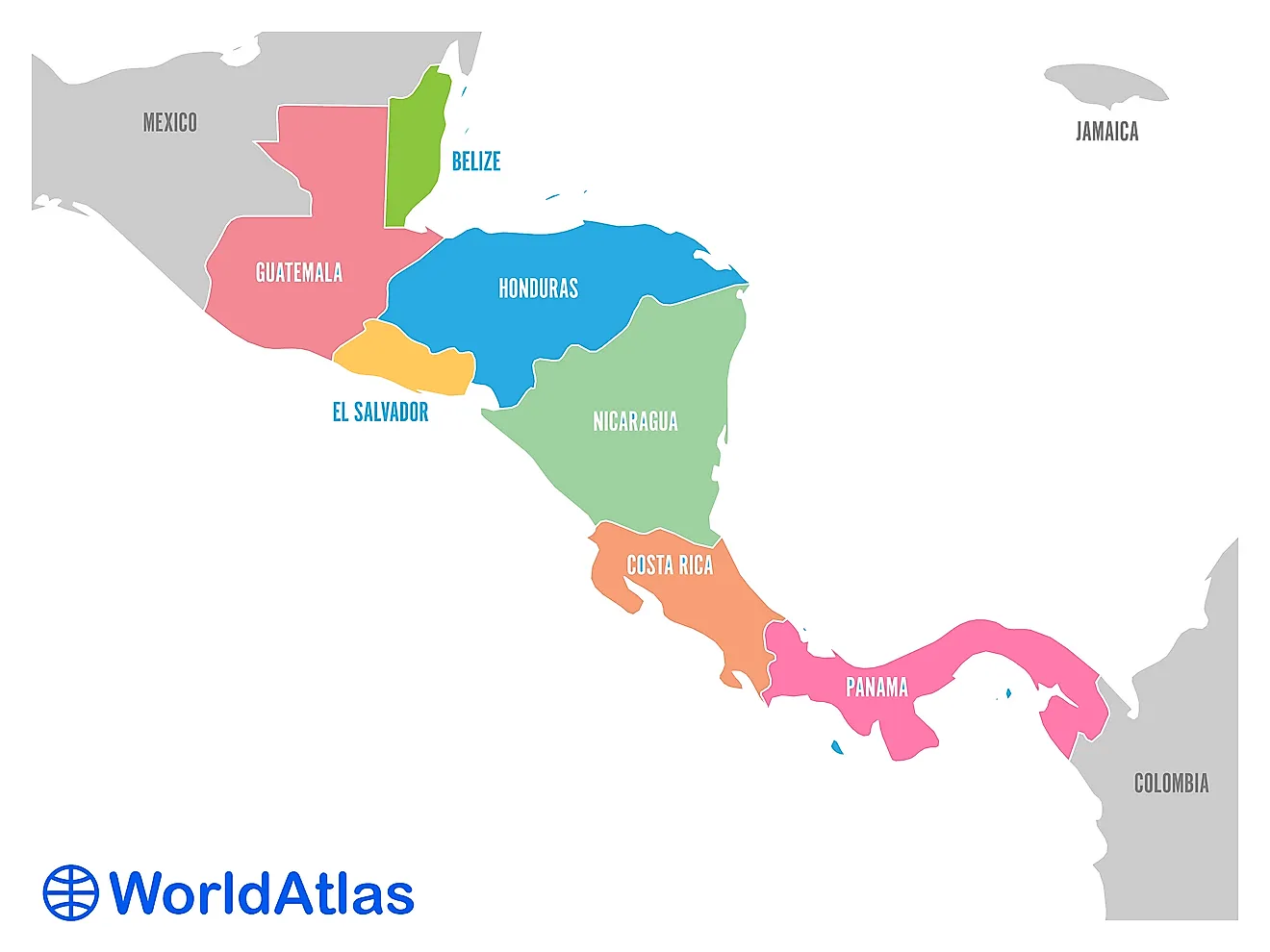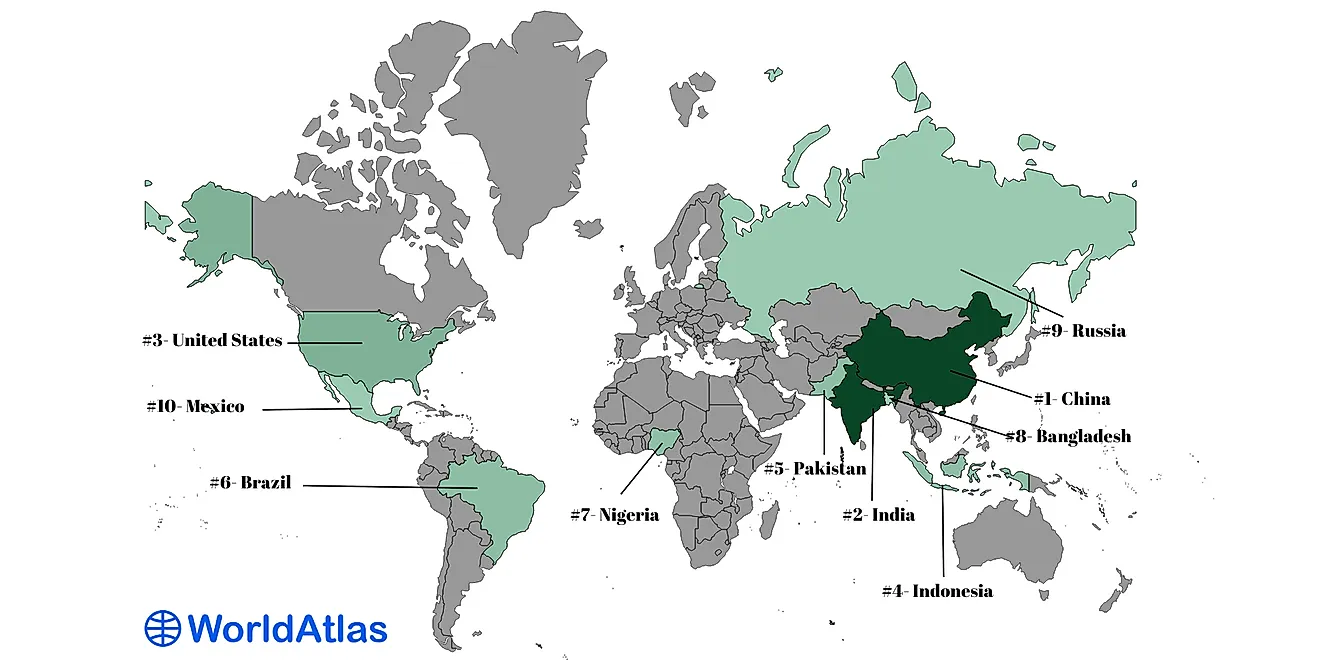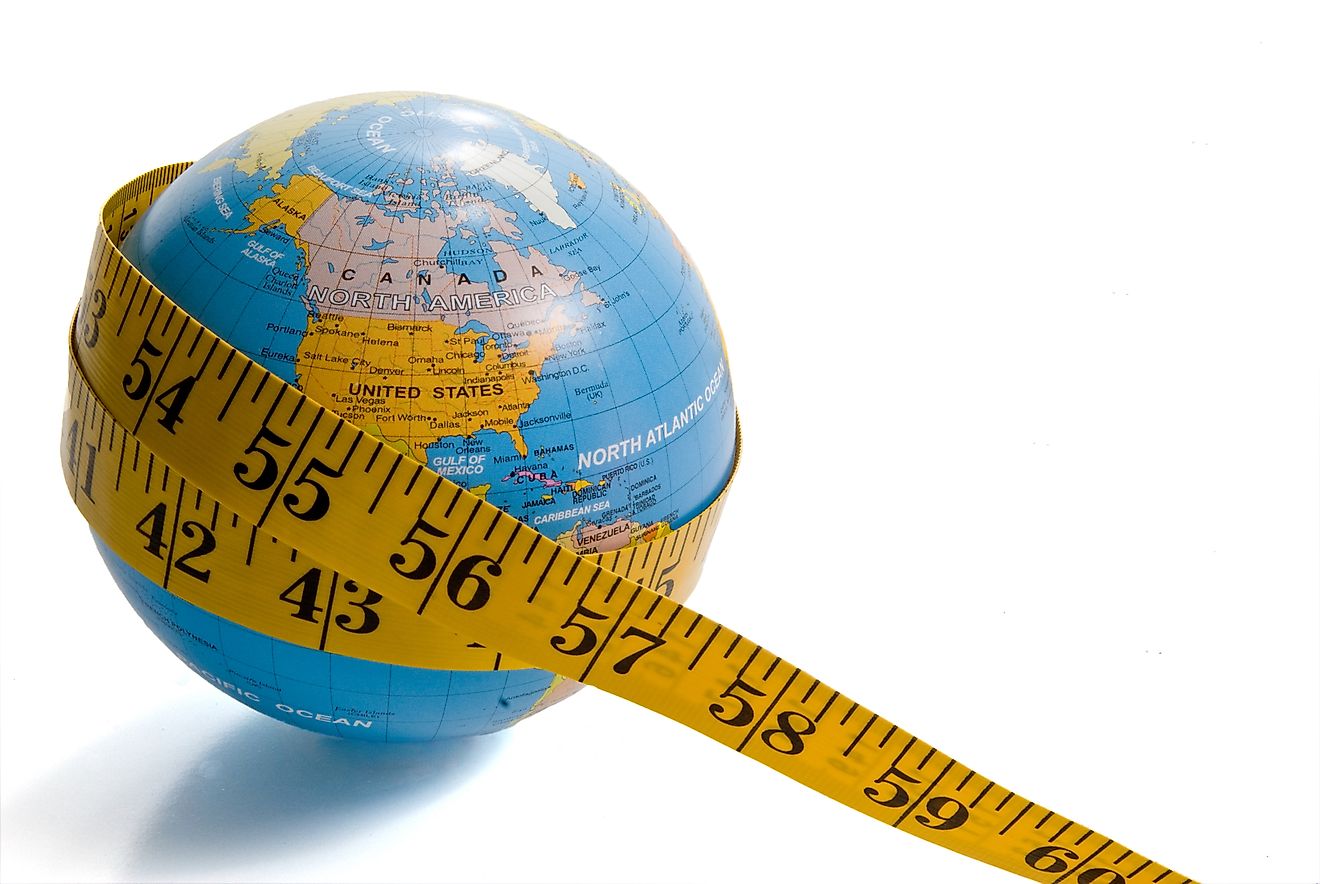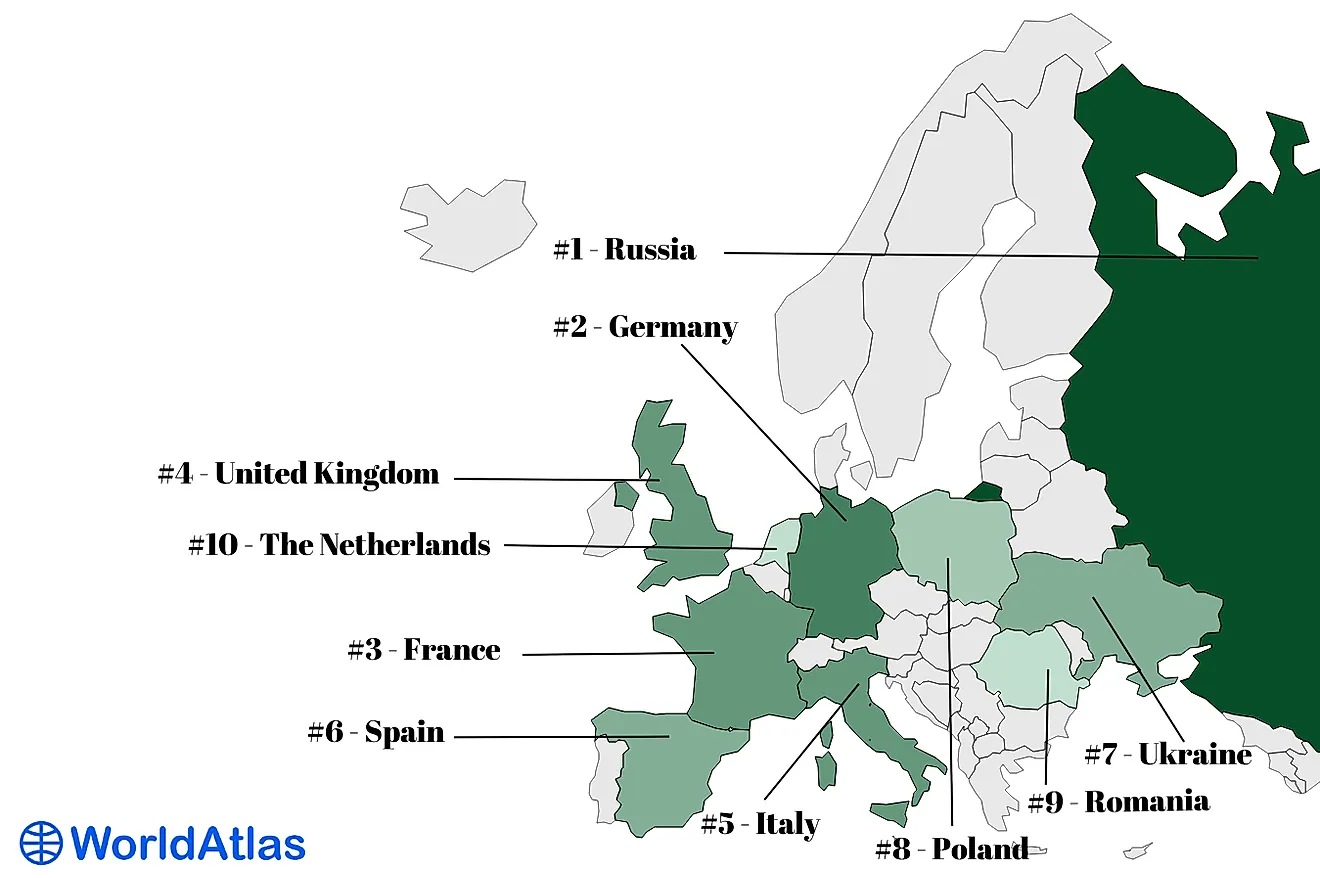What are Mesoplanets?

Space consists of numerous objects with astronomers making several additional discoveries every year. Although some of these celestial bodies have similar characteristics, the majority are unique and distinct. Some of the most common objects in the space are the planets. Planets are classified in different categories depending on their characteristics, location, size, and mass regime. By mass regime, planets are classified into eight distinct categories. These categories include planetar, giant planets, planemos, super-earth, sub-earth, mini-Neptunes, super-Jupiters, and mesoplanets. Giant planets are massive planets that are composed of materials with low boiling points and include Neptune, Uranus, Saturn, and Jupiter.
Mesoplanets
While some of the known plants are found within the Solar System, other planets and celestial objects are outside the Solar System. These planets that are not within the Solar system are known as exoplanets or extrasolar planets. There are approximately 2,342 exoplanets in the space. Mesoplanets are mini types of exoplanets found orbiting other exoplanets. These celestial bodies known as mesoplanets are actually smaller than major planets but larger than minor planets. Thus, a mesoplanet is smaller than Planet Mercury (the smallest planet in the solar system) but larger than Ceres (largest known minor planet). Their equatorial radius range from 500 to 2,500 kilometers. Mesoplants are considered the most abundant and frequent planetary bodies in the Cosmos and holds vast amount for prospection as well as revealing more about the Cosmos itself.
Origin of the Term
The term “mesoplanet” was coined by Asimov and was included in his essay “What’s in a Name?” that was first published in the New York Times in the late 1980s. He again revisited the term in his essay titled “The Incredible Shrinking Planet“ and in an anthology known as “The Relativity of Wrong.” According to Asimov, the Solar System consist of numerous planetary bodies compared to the natural satellites and the sun and that the line separating the major planets from minor ones were necessary arbitrary. He pointed out the existing large gap between the smallest major planet (Mercury) and the largest minor planet (Ceres). Only Pluto fell within this gap. Rather than just referring to Pluto as a major planet or minor planet, Asimov suggested that any object that fell between Ceres and Mercury be referred to as “mesoplanet." In Greek, “mesos” means “middle.”
Types of Mesoplanets
The first mesoplanet was detected in Moscow, Russia by Felix Adveed and Mark Ibrahimov. Today, there are about 86 confirmed mesoplanets and with astronomers suggesting that there could be more. Like stars, mesoplanets are ranked from A to L depending on their temperatures. 36 of the objects have temperatures of at least 1,200 kelvins while 13 have temperatures below 400 Kelvin. Some of the mesoplanets exhibit crazy characteristics including orbiting each other around a planet and sharing their atmosphere with the host planet. These planets are useful in that they can help astronomers see inside their main partners (exoplanets) and can even tell some of their histories. Mesoplants also help astronomers in understanding more about the moon.











